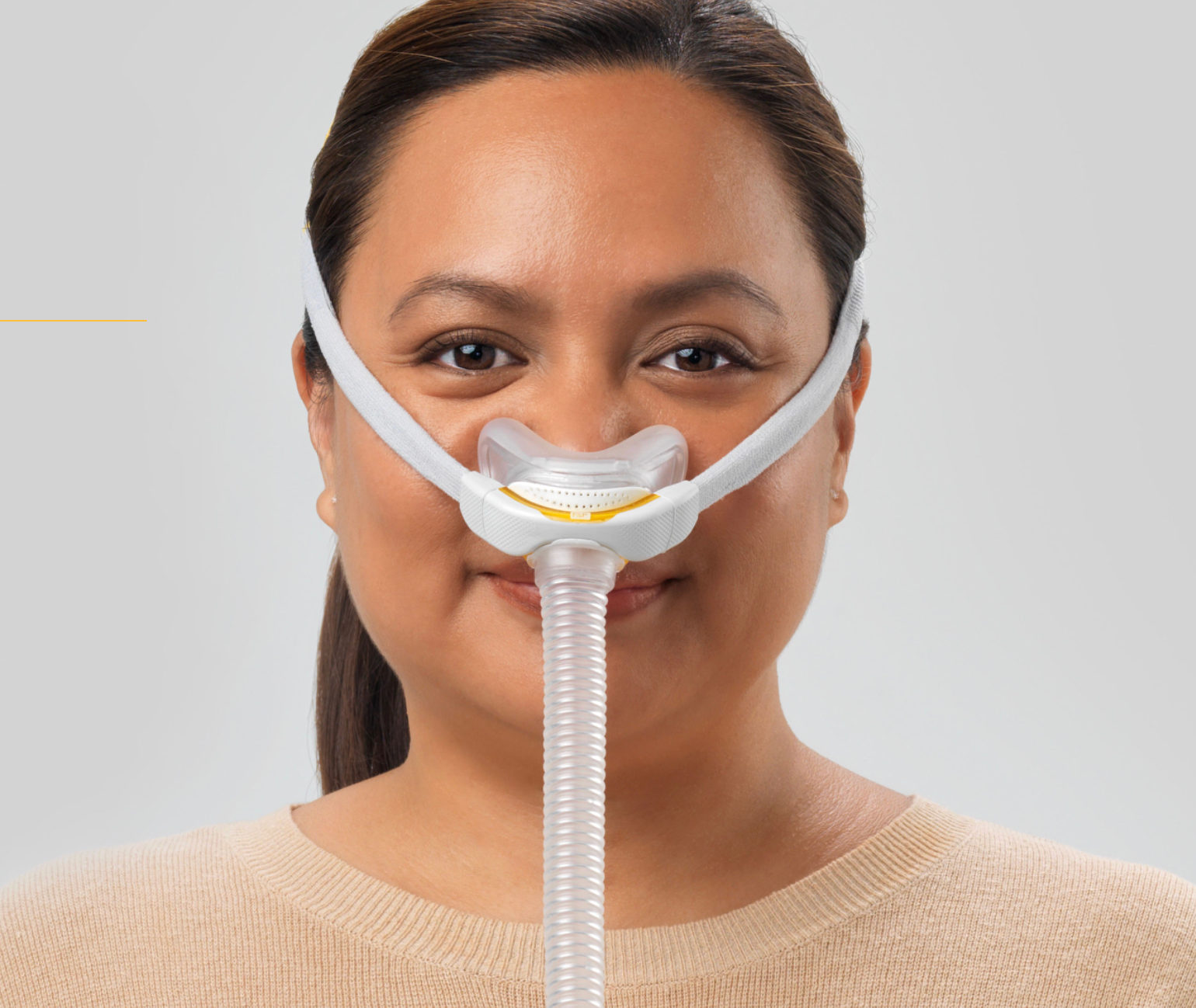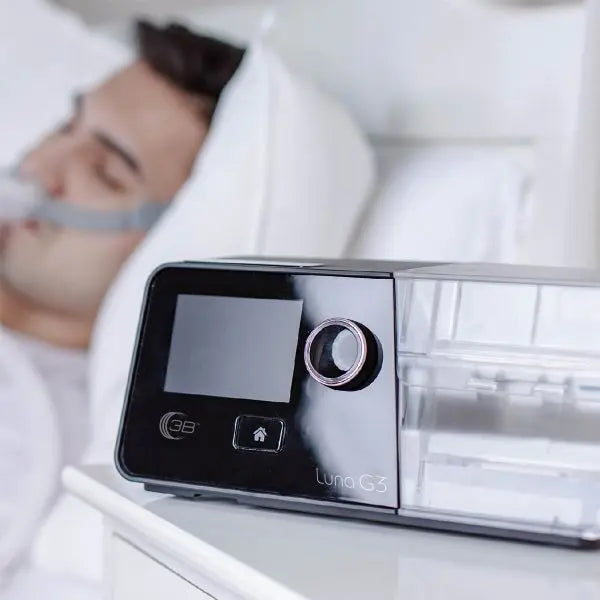Philips Respironics Moves Manufacturing to Thailand: Impact on Workforce and Future Operations
Philips Respironics, a well-known player in the healthcare sector, particularly for respiratory equipment, is restructuring its manufacturing operations. The company is shifting production from its U.S. facilities to Thailand, a move that coincides with several layoffs and job reductions in its Pittsburgh headquarters. This decision comes as part of the company’s broader efforts to recover from recent challenges, including product recalls and financial strains, while enhancing operational efficiency.
In this blog, we will explore the key factors influencing this shift, the potential impact on stakeholders, and how Philips’ strategic realignment could reshape the respiratory device industry.
1. Philips’ Recent History: Recall Challenges and Market Pressures
Philips Respironics has faced turbulent times due to recalls related to the safety of its CPAP and ventilator devices. The recall involved defective sound-dampening foam that posed health risks, leading to widespread customer dissatisfaction and increased regulatory scrutiny. Philips has been working to rebuild trust while addressing significant financial and reputational damage.
This background helps explain the company’s focus on cost-cutting measures, including outsourcing to more affordable production hubs like Thailand.
2. Why Relocate to Thailand?
Several reasons may explain the company’s decision to move manufacturing to Thailand:
• Cost Efficiency: Southeast Asia offers lower labor and operational costs compared to the U.S.
• Access to Emerging Markets: With the rising demand for healthcare solutions in Asia, local manufacturing can improve supply chain efficiency and customer reach.
• Regulatory Compliance: Thailand’s manufacturing environment aligns with international standards, meeting the demands for quality assurance in medical devices.
The shift reflects Philips’ strategy to balance recovery efforts with future growth.
3. Impact on the U.S. Workforce and Pittsburgh Headquarters
The transition is expected to lead to layoffs affecting over 300 employees in Pittsburgh, where Philips Respironics has long maintained a presence. Many of these workers have deep ties to the local community, and the layoffs highlight the economic challenges posed by the company’s strategic move.
Communities dependent on manufacturing jobs will need to adapt, potentially seeking new opportunities in other industries. For the displaced employees, retraining and job placement services will be essential to mitigate the impact.
4. Industry Implications and Supply Chain Dynamics
Relocating manufacturing to Thailand could signal a broader trend within the medical device industry, as companies seek to cut costs amid rising inflation and regulatory challenges. The increased reliance on overseas production introduces both risks and opportunities:
• Risk of Disruptions: Global supply chains are vulnerable to political or logistical disruptions, potentially affecting product availability.
• Improved Margins: Lower production costs can enhance profitability and make room for investment in product innovation.
• Pressure on Competitors: Competitors may also be forced to reevaluate their manufacturing strategies to remain competitive.
5. The Future for Philips Respironics and Stakeholders
The transition to Thailand might provide Philips with a fresh start after its product recall crisis, allowing the company to reallocate resources toward research and innovation. However, the decision will also require Philips to manage public relations carefully, ensuring customers, regulators, and shareholders remain confident in the company’s direction.
Moving forward, Philips must ensure that product quality and delivery timelines meet the expectations of patients and healthcare providers globally. Additionally, the company will need to demonstrate its commitment to corporate responsibility by supporting the workers and communities affected by the layoffs.
Conclusion: Navigating Change with Innovation and Responsibility
The relocation of Philips Respironics’ manufacturing to Thailand marks a significant chapter in the company’s recovery and growth strategy. While the move may improve operational efficiency, it also presents challenges for the U.S. workforce and raises questions about the future of manufacturing jobs in the healthcare sector.
As Philips continues to navigate these changes, the company must strike a delicate balance between business needs and social responsibility, ensuring that patients, employees, and communities remain supported through this transition.
Bibliography:
• Philips Respironics moves manufacturing to Thailand: Pittsburgh Post-Gazette
• U.S. Bureau of Labor Statistics. (2023). Impact of Manufacturing Outsourcing on Employment Trends.
• Deloitte. (2023). Medical Device Industry Trends and Global Supply Chain Challenges.
• Philips Annual Report 2023: Restructuring and Product Innovation in Healthcare Technology.








Leave a comment
This site is protected by hCaptcha and the hCaptcha Privacy Policy and Terms of Service apply.